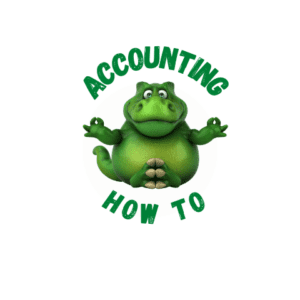Under the Percent of Sales Method for tracking bad debts, credit sales (not cash sales) are multiplied by a percent to arrive at the estimate for bad debts. That percentage will be based on the...
Posts by Caroline Grimm
How to Use the Aging of Accounts Receivable Method for Bad Debts
Under the Aging of Accounts Receivable Method for accounting for bad debts, a company creates an estimate of bad debts based on the age of outstanding invoices. This estimate is based on a company's...
The Allowance Method for Doubtful or Uncollectible Accounts is used to estimate future bad debts based on current month revenues. Using past performance data, a company can estimate that a certain...
The direct write-off method for bad debts is a method used by smaller companies with few receivables. Debts are written-off at the time the debt is determined to be uncollectible. When is the...
What is the Difference Between the Direct Write-off Method and the Allowance Method?
The main difference between the Direct Write-off Method and the Allowance Method in accounting for bad debt is the timing of when bad debt expense is recorded. Under the Direct Write-off Method,...
What is the Journal Entry to Record the Sale or Disposal of an Asset?
When an asset is sold or scrapped, a journal entry is made to remove the asset and its related accumulated depreciation from the book. The asset is credited, accumulated depreciation is debited, cash...
